Practice makes perfect, and military pilot training is no exception. On May 7 2012, twelve seasoned F-16 pilots from four of the five (NATO) countries of the European Participating Air Forces, in short EPAF, started their FWIT course. The acronym of this Dutch founded initiative may not mean a lot for a bystander, but for the directly involved it certainly does. Standing for ‘Fighter Weapons Instructor Training’, it’s for the students all about sharpening their F-16 knowledge and pushing themselves beyond their imaginable limits, trying to reach the highest level possible as an F-16 pilot. As always, FWIT course host is the Royal Netherlands Air Force (RNLAF) 323 TACTESS, that stands for Tactical Training, Evaluation and Standardization Squadron. The venue is Leeuwarden Air Base (AB), situated in the Northern part of Holland.
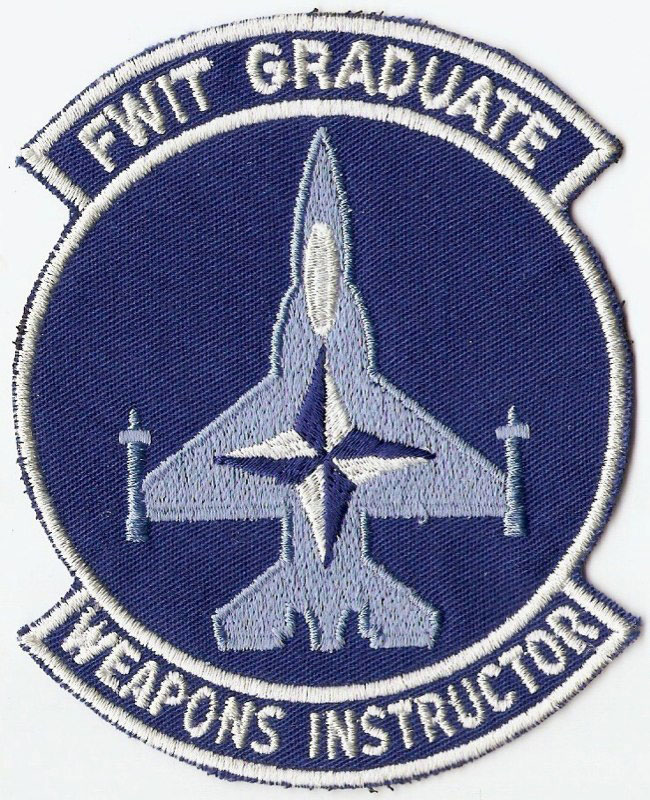
From the beginning in the late 1970’s the EPAF-countries included the Netherlands, Norway, Denmark and Belgium. Portugal became the fifth EPAF member after it received its first F-16’s in 1994. The EPAF countries fly one of the first production batches of vintage A and B models of Lockheed Martin, formerly General Dynamics, F-16’s. Although designed as a lightweight air-to-air day fighter, air-to-ground missions immediately transformed the first production F-16’s into multirole fighters, the so-called ‘swing-role’ principle.

 Later on the EPAF F-16’s were brought up to the Mid Life Update (MLU) standard, making them virtually equivalent to the block-50/52 F-16C/D model. Some MLU differences are visible: larger control surfaces, tinted canopies, squared landing lights and various antennas, vents, bumps, and blisters. But most differences require more than the naked eye to see, such as: structural beef-ups, digitized electronics, vastly increased computing capacity, and software changes to accommodate new functions, sensors, and weapons as well as an advanced data-link, called Link-16. In the cockpit there are new large colour multifunction displays that transmit information from a variety of sensors to the pilot in straightforward colour graphics, the cockpit features hands-on throttle and side stick switch controls, night vision goggle-compatible lighting and upfront controls, a set of programmable push-buttons placed just below the enlarged ‘head-up display’. The latter is supplemented by helmet-mounted cueing systems that allow pilots to target weapons by simply turning their heads. True, on the outside it’s still an early model F-16, but in fact it’s a whole new aircraft.
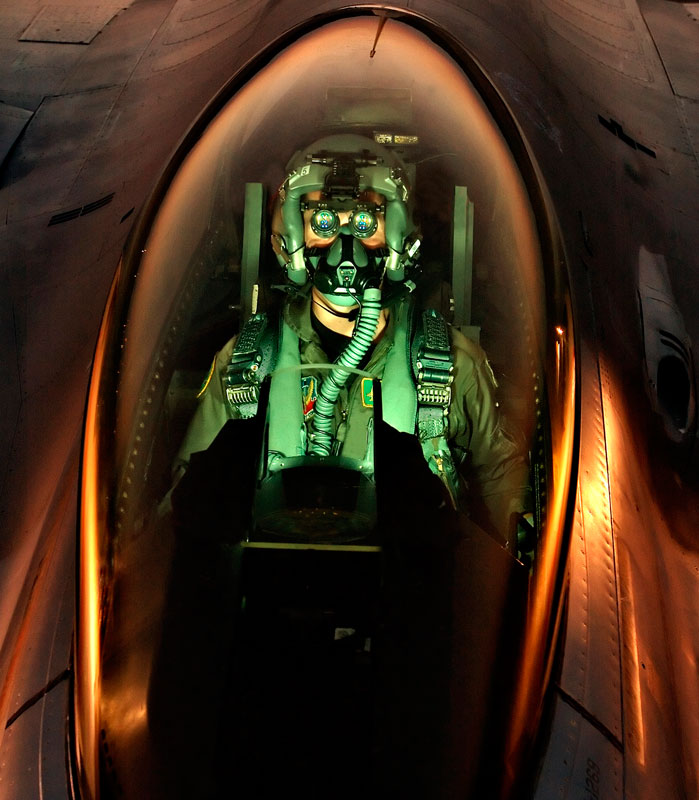
More than twenty years ago the RNLAF founded the Dutch Weapons Instructor Course (DWIC) to provide the most advanced training in weapons and tactics employment for their new weapon instructors, with emphasis on being the expert on the F-16 ‘Viper’. Although since inception the F-16 was officially christened as ‘Fighting Falcon’, that name never found wide use with those who fly it. Instead ‘Viper’, the unofficial nickname the pilots pinned on the F-16, did catch on. Later on, while other EPAF countries joined, DWIC evolved in today’s FWIT. This lengthy and extensive six-month course aims to teach the students literally everything there is to know about the systems, sensors and weaponry on board the MLU F-16AM/BM, as well as the necessary tactics. All to prepare them for the difficult task they face once they earn their weapons instructor qualification and the special badge that comes with it. But first the twelve students have to conquer a mountain of material, that they must master in a short amount of time. Besides passing exams for academics and passing all the rides in the syllabus, they will also have to write an articles on specific tactical subjects for publication in a class technical journal. Training throughout the course is so intense, it’s no guarantee every student is going to make it to the end. FWIT is therefore no course where each random F-16 pilot can apply for. The students, usually captains qualified as four-ship flight leads, are personally hand-picked by the Ops-officers and squadron commanders as a result of their proven improvisation talent, hard work and great skills, and demonstrated extraordinary prowess with the F-16. It’s sort of the cream of the crop, the best of the best, who are invited to the FWIT course. For the students who are able to meet the course training standards and successfully completed the training on November 22, graduation day, they can then as a qualified weapon instructor share their newly acquired knowledge with the less experienced pilots in their squadrons back home. Remember: these future weapon instructors not only are required to be able to fly complex missions, they also/especially have to be able to teach all this to others. They will function as squadron experts on tactics and weapon systems, and are responsible for maintaining tactical standards within the squadron. Weapon instructors upgrade syllabi for training flight leads and for mission qualifications. Beside that they advise leadership on tactical subjects related to specific operational areas. In addition to using the latest in training technologies, FWIT syllabi are constantly revised in order to keep up with the demands of mission adaptations, technological advances and tactics development. The majority of these changes involve adding depth and complexity to advanced weapons-delivery academics and sorties.
The 2012 edition of FWIT however does not include any Portuguese F-16 students and aircraft. Instead, the Forsa Aérea Portuguesa send an experienced weapon instructor for each phase of the course. Even though FWIT is organized and hosted by 323 TACTESS, a RNLAF F-16 squadron, the instructor team consists of weapons instructors from operational fighter squadrons of each EPAF nation. Besides that, FWIT students and instructors also show up during the course with their own aircraft and ground-crews.
Besides a fully operational air defense and a ground-attack task, 323 TACTESS have the task to guard, define, standardize and evaluate the procedures and tactics for the Dutch F-16 squadrons. These squadrons are evaluated by them every year, to check if the tactical standards are met. The squadron also takes care of high quality extended training for F-16 pilots and other operational specialists. To achieve this, they develop and execute several tactical training programs. Another responsibility of TACTESS is the implementation of new weapon-systems, sensors and avionics. With the J-066, an F-16BM, aka ‘Orange Jumper’, these test programs are performed. Besides FWIT, 323 also offers ICT (Integrated Combat Training), and sets up yearly the multi-national fighter exercise ‘Frisian Flag’. The 323 squadron crest consists of an image of ‘Diana’, the goddess of the hunt with bow and quiver. The squadrons motto is ‘Impetu Feroci’, which means ‘Attacking Fearless’.
The FWIT course is rigorous and challenging in order for the practice to make a difference in the performance of future weapon instructors. The extensive six-month course consists of multiple phases: an air-to-air phase, an air-to-surface phase and a mission employment phase. All phases are made up of (a lot of core) academics and actual flying. The air-to-air phase takes place at Leeuwarden AB and runs until July 20. The airbase is situated close to the Cornfield firing range, the TRA’s (Temporary Reserved Airspaces) with the ACMI (air combat maneuvering instrumentation) range over the North Sea and the Marnerwaard training grounds, so a very diverse training can be met. FWIT begins with a couple of weeks of academics only, and do not involve actual flying. During most days of the rest of the course, at Leeuwarden AB, daily two waves of around ten fighter jets will take-off in addition to the regular missions flown by the resident 323 TACTESS and 322 Squadron. During this phase the students will first practice ‘1v1 basic fighter manoeuvres. Stepping up by 2v2 air combat manoeuvring, then by 4v4 tactical intercepts, whereas the last rides of the program are multi-bogey Dissimilar Air Combat Training. The focus in this particular FWIT module lies on the use of the F-16’s weapons against enemy aircraft. During this period other Air Forces will visit the Frisian Airbase to act as sparring partners, and include: German ‘Typhoon’ Eurofighters, British Hawks and F-16’s of the RNLAF. E-3A AWACS radar aircrafts will also be participating. Most of the exercises will take place above the North Sea. All the flown missions can be followed in real time at Leeuwarden AB. Using digitally recorded video and data feeds, 323 TACTESS is able to facilitate in-depth debrief and mission reconstruction.

However, beside the Air Defence phase, the Tactics, Techniques, and Procedures (TTP) for Close Air Support (CAS) module also takes place from Leeuwarden AB. Loaded with inert munitions, that would mirror what they would see in the front lines, this module includes many sorties to the Cornfield firing range and the Marnerwaard training grounds to train closely with the pilots ‘ears and eyes’ at ground level, the FAC (Forward Air Controller), or also goes by the term JTAC (Joint Tactical Air Controller or Joint Terminal Attack Controller).
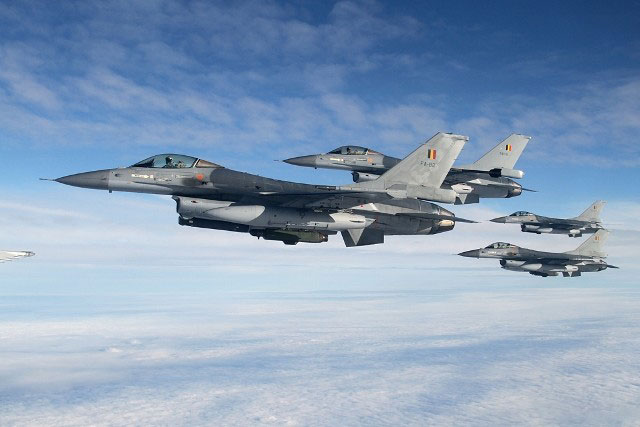
The second phase of FWIT starts after summer break on October 1 at Ørland Main Air Station in Norway and runs until November 9. The main reasons for this move to another location for flying, are noise abatement and the presence of an exercise area which is suitable for the extremely intense and outrageously challenging combat scenario graduation exercise, known also as Mission Employment. For challenging extreme low-flying and for dropping significant numbers of various precision guided munitions and 20mm gun strafing, Norway’s mountainous Fjords and the Rena Ostlandet live firing range near Oslo delivers just that.
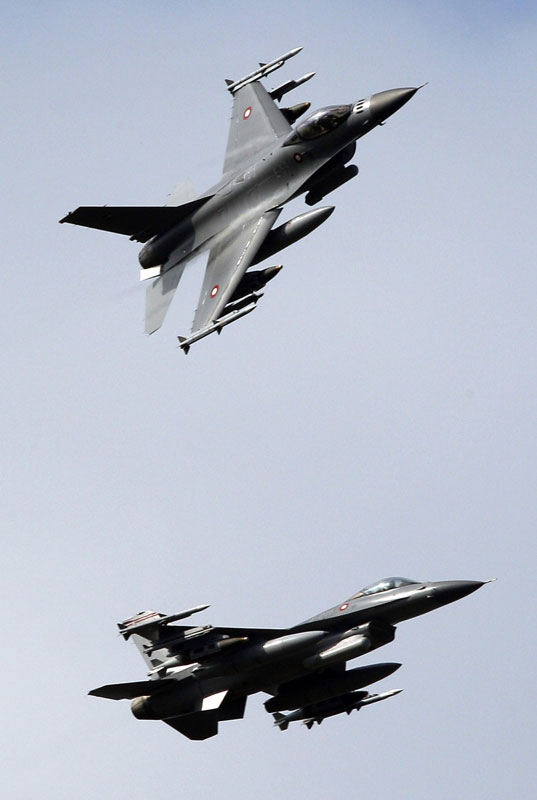
The final phase of FWIT combines all the techniques and tactics taught previously. It includes flying with a full combat load of live bombs, missiles, bullets, sensors, and countermeasures and coordinating with other air and ground assets in complex high stress real-world missions, night and day. During these missions they literally fighting their way to the target, with emphasis on tactical decisions and the effective integration of all available asset and systems. Especially flying at night presents unique challenges to the students when they have to formulate a solution to negate the threats they may encounter. They may get re-rolled into a troops-in-contact situation at the last second. This change forces the students to be extremely flexible and agile in the air. They never know what to expect from a typical combat sortie. They have to rely upon their training experience and instinct to be successful on any given night mission. Fortunately, they have leading edge technology with state-of-the art systems in the F-16AM. The combination of night vision goggles, Link-16, and the Advanced Targeting Pod gives them a high amount of situational awareness at night.
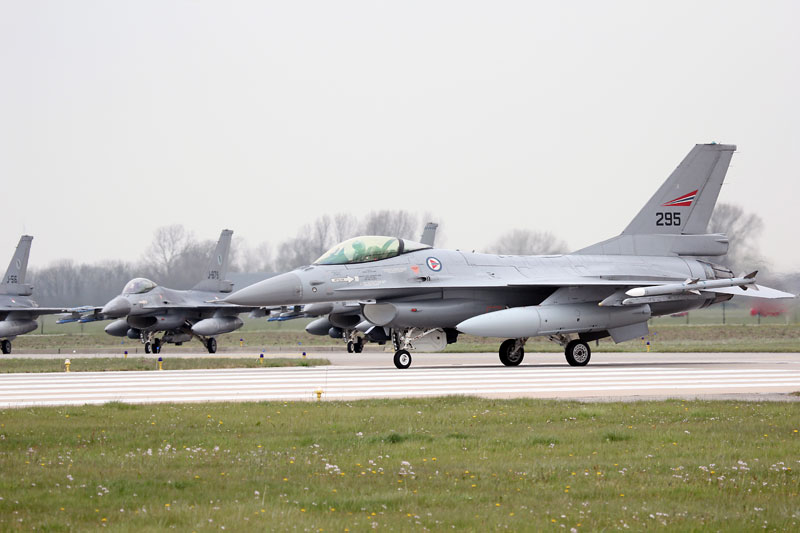
FWIT plays also a significant role in keeping participating EPAF countries current on the latest software upgrades and capabilities of the F-16 and gives the pilots the ability to employ the most modern guided weapons, such as the GBU-49 enhanced 500-pound Paveway II laser or satellite guided JDAM. This weapon offers the best of both worlds by having an inertial aided tail kit that receives GPS guidance and a nosecone-mounted laser sensor that gets laser updates from a laser designator. This capability presents a way to deal with a variety of tactical situations, including the ability to target moving vehicles.
The quality of the European participating air forces depends on these weapon instructors. The five nations invest a lot in these FWIT students and expect a lot in return for this training. Their investment produces a knowledgeable and capable weapon instructor who will improve the quality of all pilots in all of their squadrons. Both, the graduating students and the instructors return to their squadrons with the latest information on weapons and tactics.






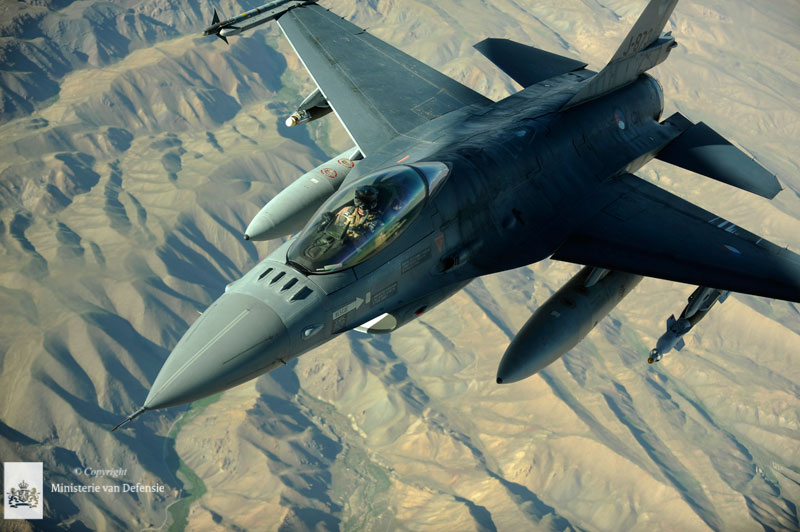



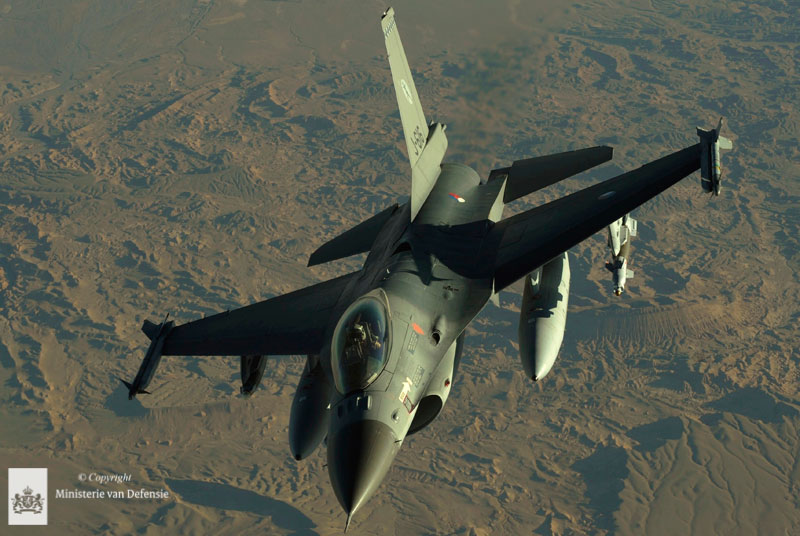
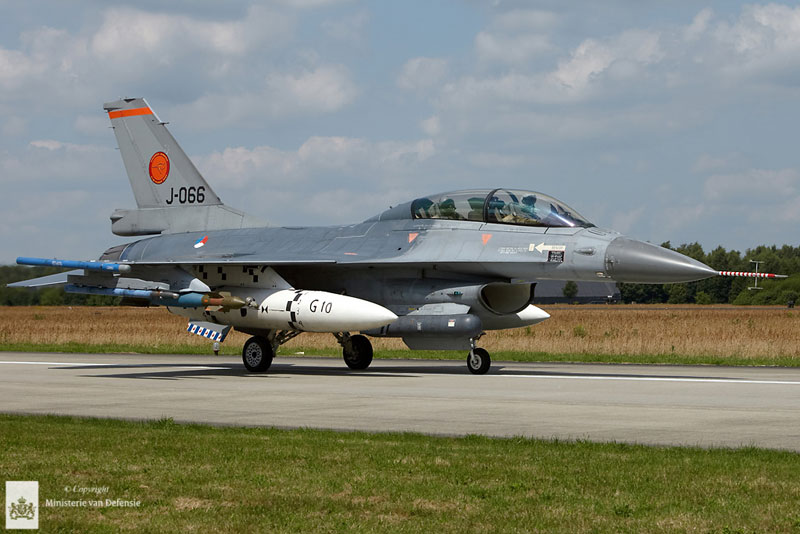
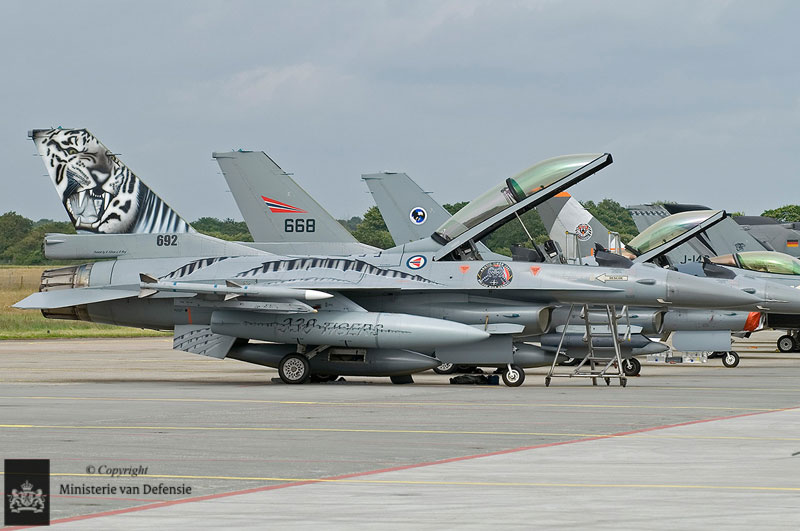
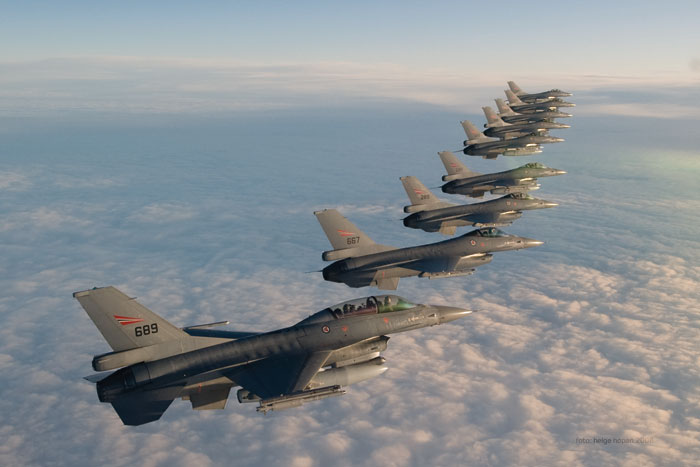
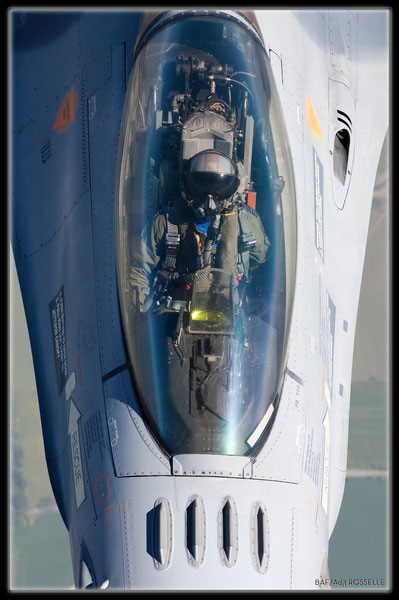

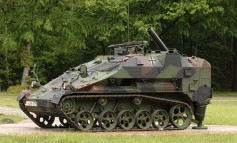
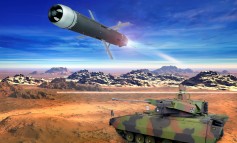
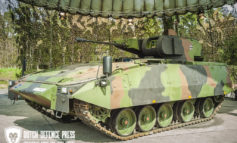
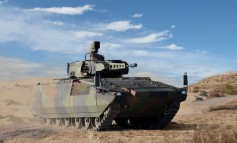
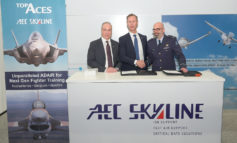
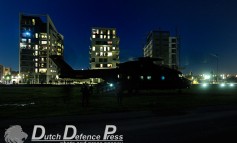



Leave a Reply